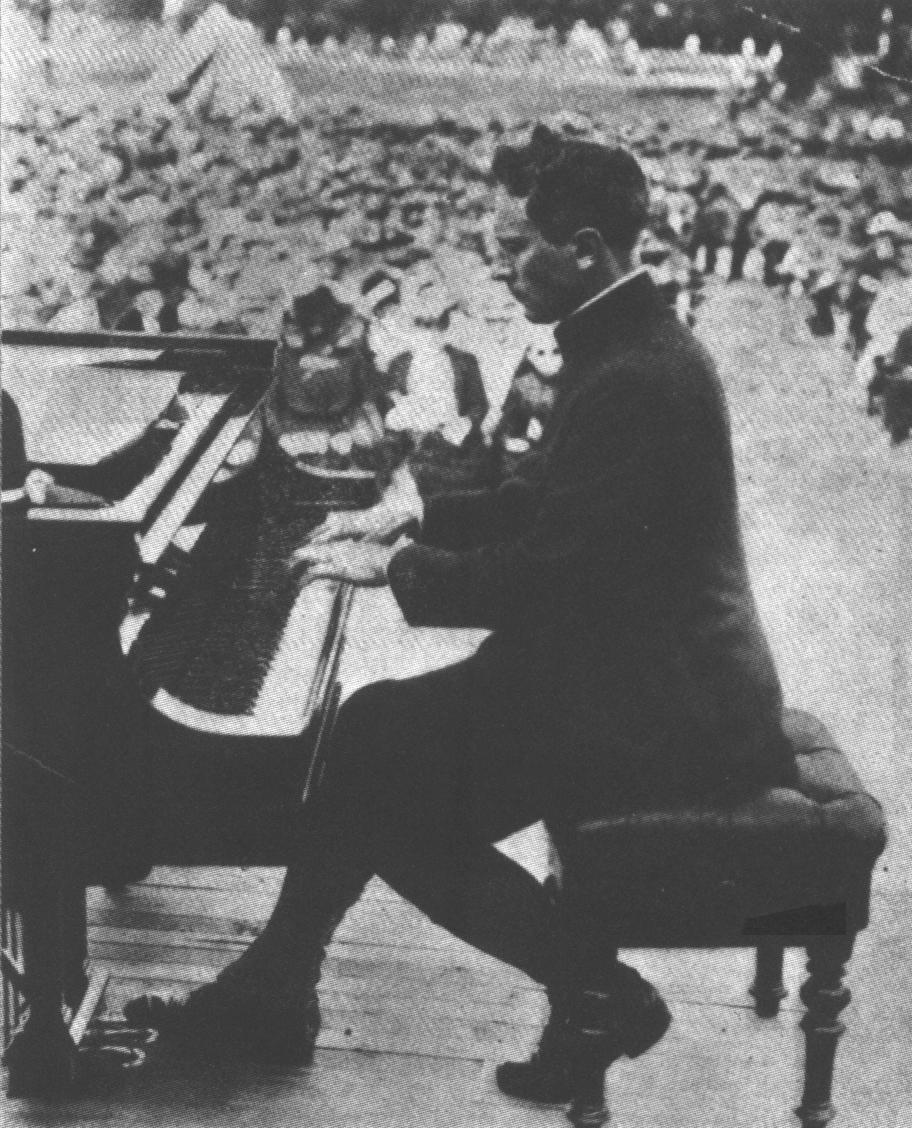I’ve been a fan of Maria Schneider for … 15 years? Probably closer to 20, now that I think about it. My dad introduced me to her after he got Coming About. As usual, it took me a little while to latch on to her style and to understand what she was doing. (I was in early high school at this time, trying to learn as much about music as possible, but my ears were much more inclined to hard boppers like Horace Silver and late 50s Miles Davis or Count Basie and Duke Ellington than Maria Schneider.)
*****
Can we talk about how she won a Grammy for Concert In the Garden, how that album was completely crowd-funded - one of the first jazz albums to do so, and a trend-setter in that regard - and lead to a successful record label that's almost completely crowd-funded?
*****
My favorite piece of her’s depends on when you ask me. Sometimes it’s “Hang Gliding.” Others, it’s “The ‘Pretty’ Road.” Or “Cerulean Skies.” Or “Bulería, Soleá Y Rumba.” You catch my drift.
But there are moments in songs that give me chills or make me want to jump up and down with glee whenever I hear them:
- The reed parts in “Dança Ilusória,” particularly after the trombone solo, around the 6:30 mark.
- The “Rumba” in “Bulería, Soleá Y Rumba,” which modulates its melody up by a minor 3rd as it progresses.
- The alternating 3/2 and 12/8 feel in the “Bulería” portion of “Bulería, Soleá Y Rumba.” Steve Reich used a similar idea in the last movement of his “Electric Counterpoint,” and there’s something about that shifting of beats - even though the number of eighth notes stays consistent - that gets inside me in the best way possible.
- The part after Ingrid Jensen’s solo in “The ‘Pretty’ Road,” that is the epitome of Maria Schneider: dense harmonies, mixed orchestrations, melodies on top of and handed off to various sections, long lines supported by vibrant countermelodies …
- The backgrounds behind the tenor solo, and then coming out of that solo, in “Hang Gliding.” And its 11/8 meter.
- Frequent moments when she has sustained tones supported by angular countermelodies.
*****
I can say that my favorite album is Concert In the Garden, but I also love Sky Blue and The Thompson Fields immensely. I think I wore out Concert In the Garden the summer of 2005, playing it in my car and at home almost non-stop. I can sing any and all lines on that album, if you ask me nicely.
*****
The set list from when I saw the band was a mix of old and new:
- “Dance You Monster To My Soft Song”
- “A Potter’s Song”
- “Gumba Blue”
- “Lembrança”
- “The Thompson Fields” (about “everything that’s beautiful about being from a small town in the Midwest”)
- “Arbiter’s of Evolution” - with the tricky beginning where you have no idea what the time signature is, and then you realize it’s been 4/4 the entire time and you exclaim, “What?!”
*****
She has filled her band with some of the best musicians around, each one a superb soloist and excellent ensemble player.
*****
Scott Robinson is the only person who can make the alto clarinet sound good. (Check out “Walking By Flashlight” from her new album.)
*****
Scott Robinson came to my high school once or twice, with Frank Mantooth’s big band. (Mantooth wass another superb composer and arranger, who’s untimely death left a void in the jazz world.) Robinson wasn’t on Mantooth’s Sophisticated Ladies album, but he took the bari solos while at SPHS, and sounded incredible (obviously). One of these times was also when I had dinner with baritone Kevin Mahogany, sitting in a home ec room, eating spaghetti made by band moms.
*****
I think that her being from the Midwest (southern Minnesota) has not only affected her sensibilities - she has the air of being one of the most pleasant and down to earth people ever, and that’s saying a lot because so much of the jazz world shares her humility and humor - but also the quiet beauty of her music. It’s not forceful or brash; it has that false simplicity, an impression of effortlessness, that gives way to a relentless energy and drive - sometimes it’s apparent and sometimes it’s simmering just below the surface.
*****







